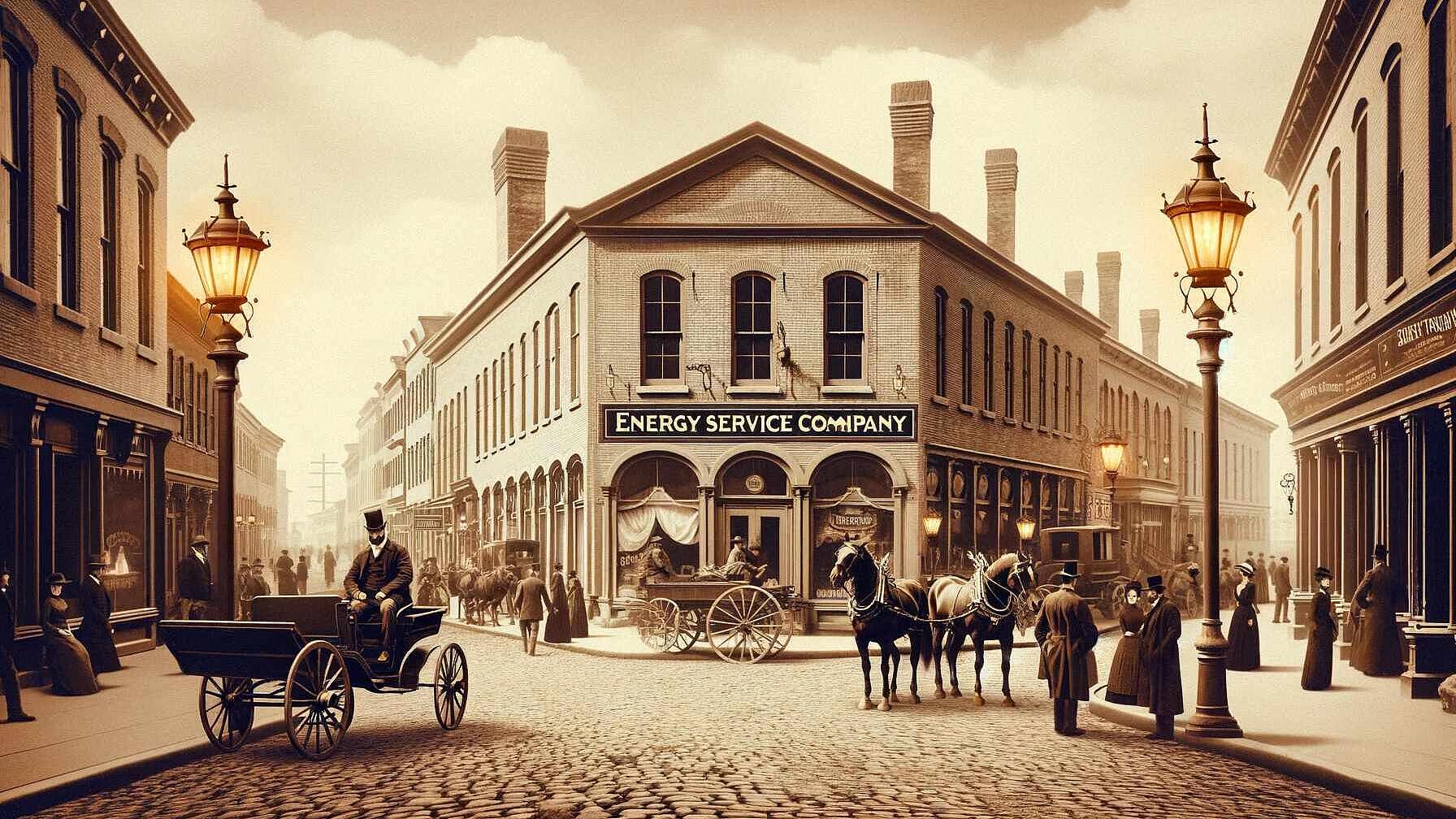 Renewable Energy
Renewable EnergyHow do we turn this energy crisis to our advantage?
Summary
Less than 1% of Danish buildings are renovated annually. This means that, on average, more than 100 years pass between refurbishment of a building. An investment of DKK 5 billion in the renovation of municipal buildings can result in an annual saving of DKK 430 million. The energy saving itself can be multiplied by a factor of up to 2.5 due to energy effiiency co-benefits. It could be the beginning of an energy efficiency wave with new, large revenue opportunities for Danish companies. Danish companies should renovate 3% of their buildings every year, then the buildings will be renovated 33 years apart on average. And it would be good for the economy and for the environment, and it would help Ukraine. We would sooner put an end to Russias ability to finance the war with the export of gas and oil, and then it could be a wave of energy efficiency opportunities for the future.
Open full article
How do we turn this energy crisis to our advantage?
Some of us are old enough to remember the oil crises of 1973-74 and again of 1979. It wasn’t funny. No driving on Sundays, lights out in stores outside business hours, turned off street lights and lower temperatures everywhere.
The thing is, today we can be happy about the oil crises. If it was not the beginning, the crisis was at least a tremendous boost to back the position of strength that Danish companies today have in areas such as wind turbines, insulation, power electronics (e.g. Grundfos and Danfoss), windows and, not least, energy consultancy in our many skilled consulting engineering companies.
Back then, in the 70s, the first oil crisis, in particular, was a shock to our society as Denmark was more or less 100% depend on imported oil. But quickly three tracks were established to reduce dependence on Arab oil:
- Expansion of the district heating network and establishment of the gas network
- Renewable energy production
- Energy efficiency
Currently, the focus is largely only on renewable energy
And this is not to denigrate the production of renewable energy, because of course we cannot do without it. But the greatest progress and most jobs were created at that time through energy efficiency.
I think the decision-makers have forgotten that today. There is a need to respond promptly to Russia’s assault on Ukraine, but the debate is almost entirely about where we should now get the energy from when we no longer want to buy it from Russia. What became of our good experiences with energy efficiency? Hasn’t the time come to reach the next level?
The potential is there. Just to name one example, less than 1% of Danish buildings are renovated annually. This means that, on average, more than 100 years pass between energy refurbishment of a building. This is hardly a problem for newer buildings, which are built according to some strict energy regulations and therefore have a low energy consumption. But the largest part of the building stock is older, and overall the building stock accounts for no less than 40% of the total Danish energy consumption. If we take municipal buildings, 68% have a bad energy label D, E, F or G, and only 7% have energy label A.
Does it matter then? Yes, the energy consumption of a building with energy label G is up to 20 times greater than in a similar building with energy label A!
Why, is it worth it to renovate the worst performing buildings? The interest group Synergi has made a calculation showing that an investment of DKK 5 billion in the renovation of municipal buildings can result in an annual saving of DKK 430 million on the municipalities’ energy bill and a reduction of 35% of CO2 emissions. And that calculation was done before Russia attacked Ukraine and caused energy prices to rise further! In addition, the so-called non energy benefits are not accounted for. These are co-benefits of energy efficiency in the form of, for example, reducing maintenance costs and a better working environment, etc., and they can mean that the energy saving itself can be multiplied by a factor of up to 2.5.
But surely the municipalities cannot finance this if schools, day-care centres and welfare are to be affordable in general? Yes, they can, actually. Energy renovations are not covered by the construction ceiling, and municipalities have the right to let energy renovations be financed by their own bank “Kommunekredit”. Another and good option is to partner with the private sector on the so-called ESCO projects, where the municipality finances the renovation by the private company getting the savings until the investment is paid back.
How, do we get richer from it in the long run? Well, firstly, we achieve the savings, which in a relatively short time give the municipalities better advice for more sensible activities. But secondly, it has always been the case that when demand increases in an area, so does ingenuity. That’s what we saw in the ’70s. It was increasing demand that initiated or further pressure on the development of energy-efficient windows, insulation, saving pumps and anergy consultancy, etc.
Shouldn’t we see if we can kick off that process in 2022 as well? For example, it could be by asking our municipalities to renovate 3% of their buildings every year. Then the buildings will be renovated 33 years apart on average. It would be good for the economy and for the environment, and it would also be good for Ukraine, because we would sooner put an end to Russia’s ability to finance the war with the export of gas and oil. And then it could be the beginning of an energy efficiency wave with new, large revenue opportunities for Danish companies.
What are we waiting for?



